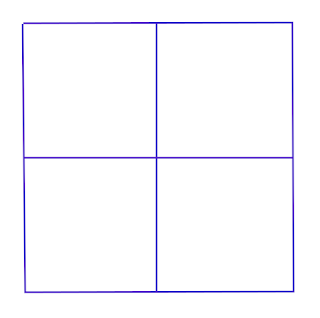Unavoidably ... Minecraft

Wrapping up my series of gaming superlatives, we've come to the largest user base in gaming history and probably they biggest modder community as well. And if those could somehow be argued, it has at least been, hands down, the best bang for the buck of my life. Good ol', Minecraft. It was about $20 back in 2007, still in beta, and 13 years later, they're working on 1.17. Here is my home page for my Minecraft ventures over the years. I have played or tested nearly 1,000 mods over the years, and built and released a few modpacks of my own. I was doing Minecraft videos (let's plays and tutorials) in the version 1.4 to 1.7 days; it was fun taking imaginary viewers on my expeditions with me, riffing comedy skits with the zombies, but ultimately YouTube got flooded with so many super-high resolution videos and live streams that my equipment just couldn't keep up. I have about 10 massive modded worlds now, which I cycle through, a few months playin...




